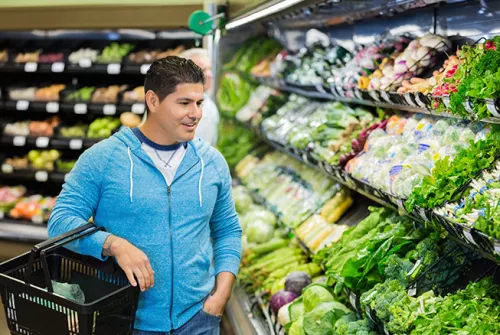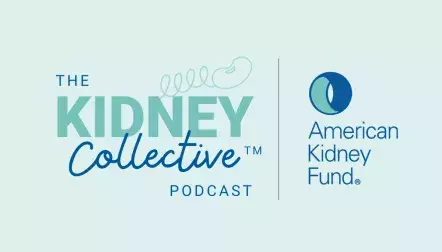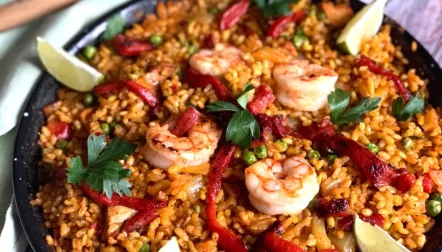
Blog post
What to do when a kidney-friendly food item is unavailable

Have you ever faced this situation? You have created your kidney-friendly meal plan for the week, compiled your grocery list, get to the store… and the ingredients you need are out of stock.
Ahhh! I know I hate when this happens. Keeping to a kidney-friendly fluid and food plan is already a challenge, and missing items only make it more difficult. Fortunately, there are ways to work around missing items, and knowing how to work around them will help save you stress and frustration.
Here are a few tips to help you navigate out-of-stock food and save money:
- Have one or two alternatives listed on your grocery list just in case the store is out of the food you were hoping to get.
- If you have your phone handy, do a quick search on Google for "best sub for [your item]."
- Read food labels to find one that closely matches the item you were originally looking for.
- Check the imported section or the health food section in your grocery store.
- Check to see if your item is available in canned, frozen or pre-packaged version.
- If you end up with the standard, high sodium (salt) canned item, rinse it extremely well – which can reduce the sodium by nearly 40% - and omit or reduce any salt you would have normally added to your dish.
- If you purchase the higher sodium items, stick to the serving amount, or less.
- For stocks/broths, you can often use half the amount of stock, diluting it with water, to decrease the amount of sodium. Then add seasonings to help boost flavor; increasing the amount of each spice by one fourth in your dish will help keep flavors consistent and takes the guess work out of seasoning.
- If you need to substitute your usual meat option, look for low sodium or no salt added canned meats - they can work great in a pinch.
- For vegan, meat-substitutes, be sure to double check the sodium, as plant-based meats are often high in sodium (and protein!).
- If you cannot find a substitute with similar nutrient levels, you can adjust your remaining meals for that day to compensate for the difference in that nutrient level in your meal plan. For example, if you end up buying a baked good that has higher sodium, reduce your sodium intake in your remaining meals that day.
- Order the food item online. Be sure to get a couple of them so you will have a supply if ever the food runs out again.
- Check for your ingredient at a different store. Just because your usual store is out, does not mean it is out at every store. Plan a trip to another one and see if they have your needed items in stock.
- Ask friends and family to keep a look out at their grocers for your items. If they find the items, have them purchase a few of them for you.
- For bakery items, condiments, sauces, stocks/broths and other similar items, plan to make your own if you know your grocer is often out of stock.
- Purchase meats in different forms to save some money. For example, if you purchase a roast or large chunk of meat, you can dice it yourself. You often end up with more than you need and can freeze the remaining for other meals.
- I do this often when I need stew meat. (Is it just me or is the cost of stew meat ridiculous?)
- It can be cheaper to buy boneless pork chops instead of a tenderloin, and hey, it is already cut up!
- If pre-formed hamburger patties are on sale, they can often be cheaper than ground beef.
- Preprocessed meats are more expensive, so purchase the bone-in pieces to save money. Plus, it adds more flavor to your dish.
- If you are purchasing vegan or vegetarian products, use the basic ingredient and then add seasoning to better control the nutrients in the food. For example, instead of using the pre-seasoned tempeh "bacon," buy the plain tempeh and season it yourself.
- Look for plant-based meats in different forms. Often the pre-formed patties are less expensive than the crumbles.
Having a plan and being prepared is the best thing you can do to make kidney-friendly eating less stressful, especially when the food items you want are unavailable. Using these tips will help you make that plan and keep your meals kidney-friendly. And hey! Sometimes ingredient substitutes result in an even better tasting meal. You may end up asking yourself why you never thought to use that item instead and will make it a permanent change!





